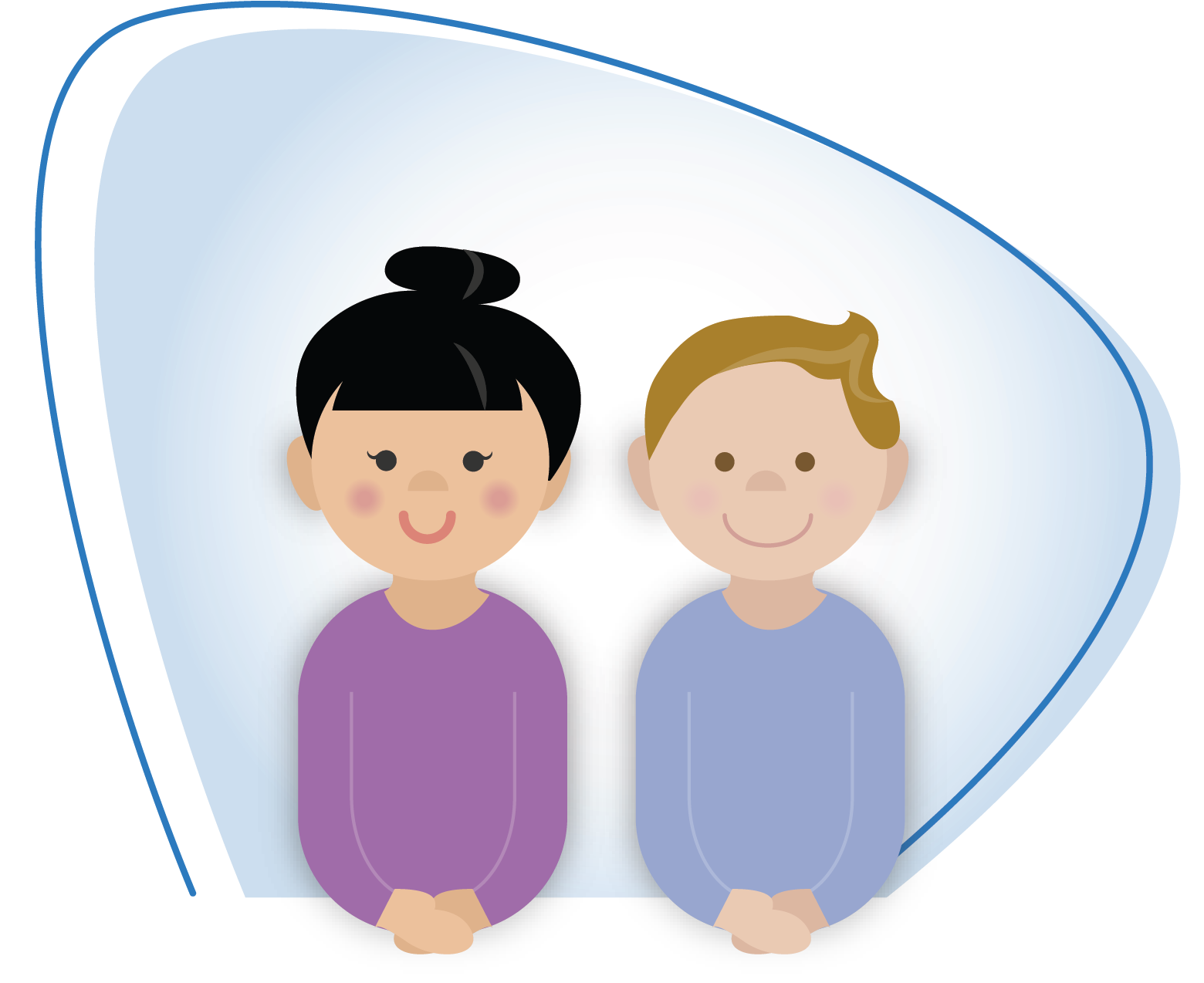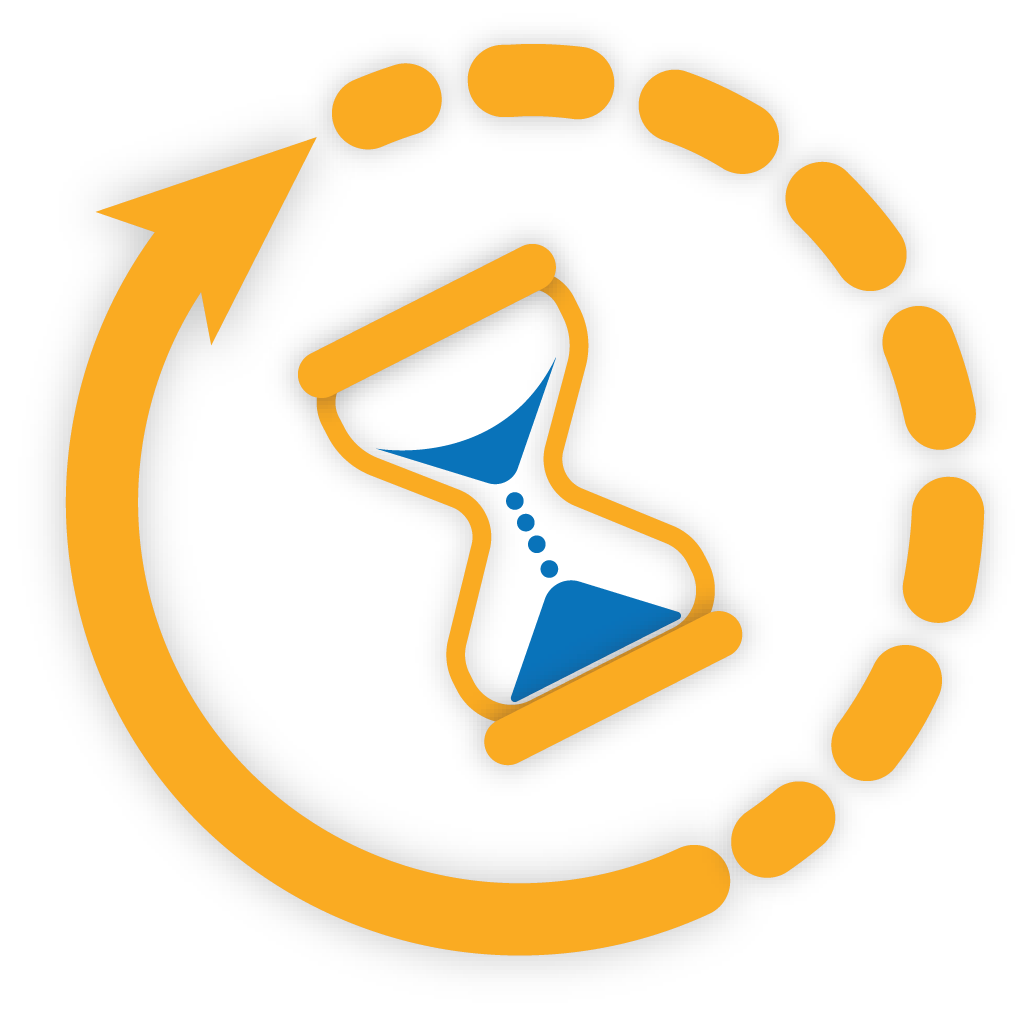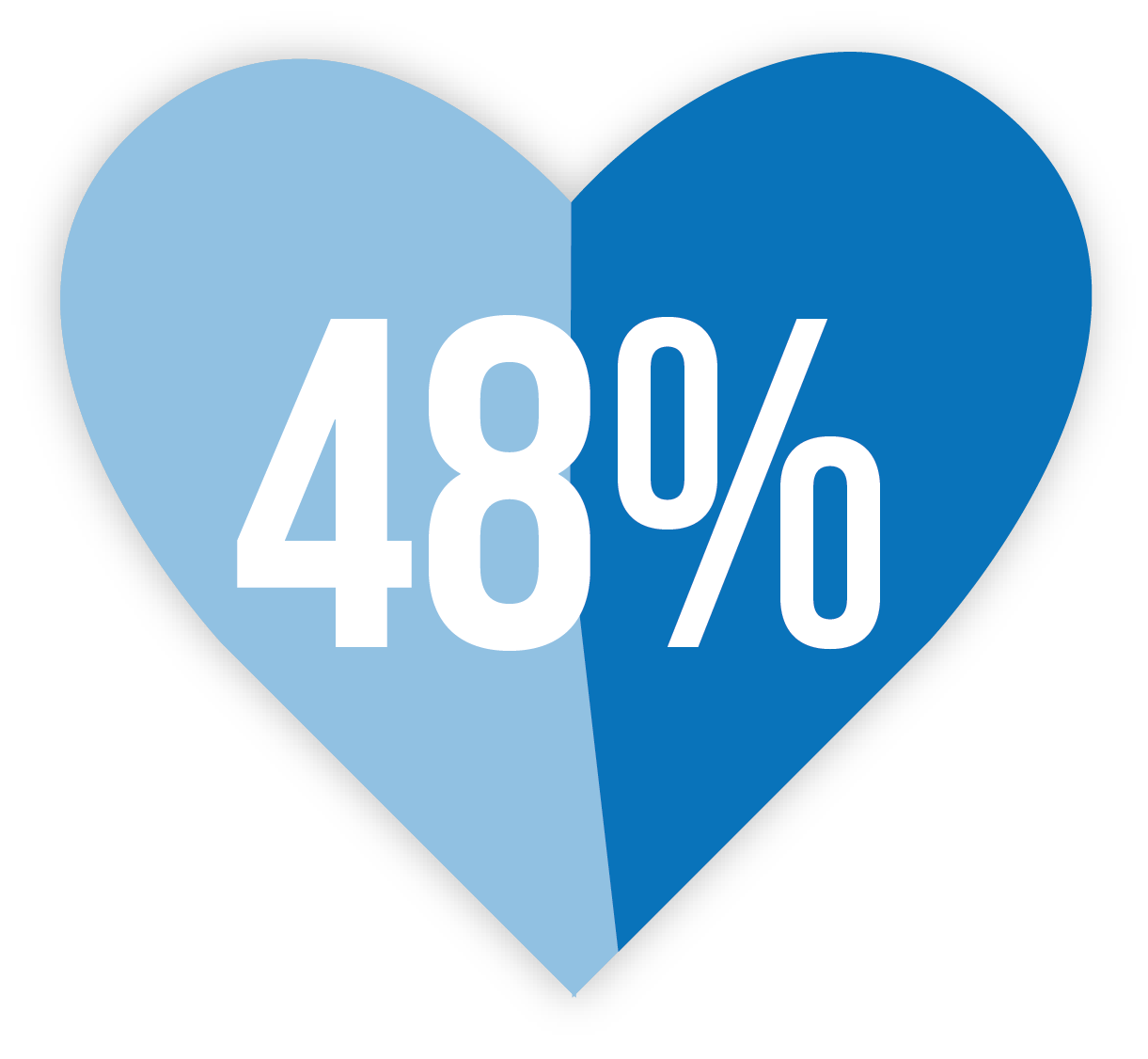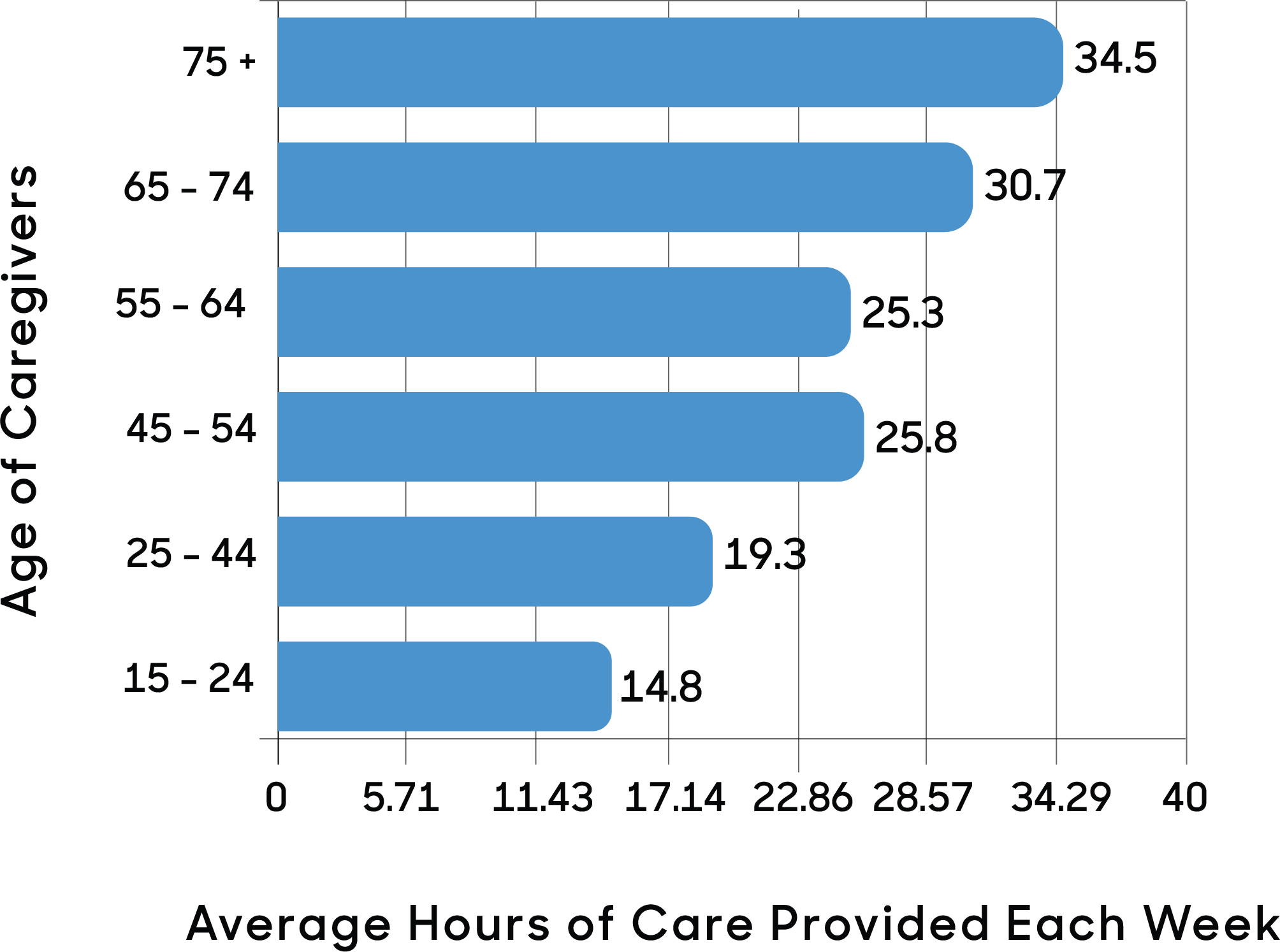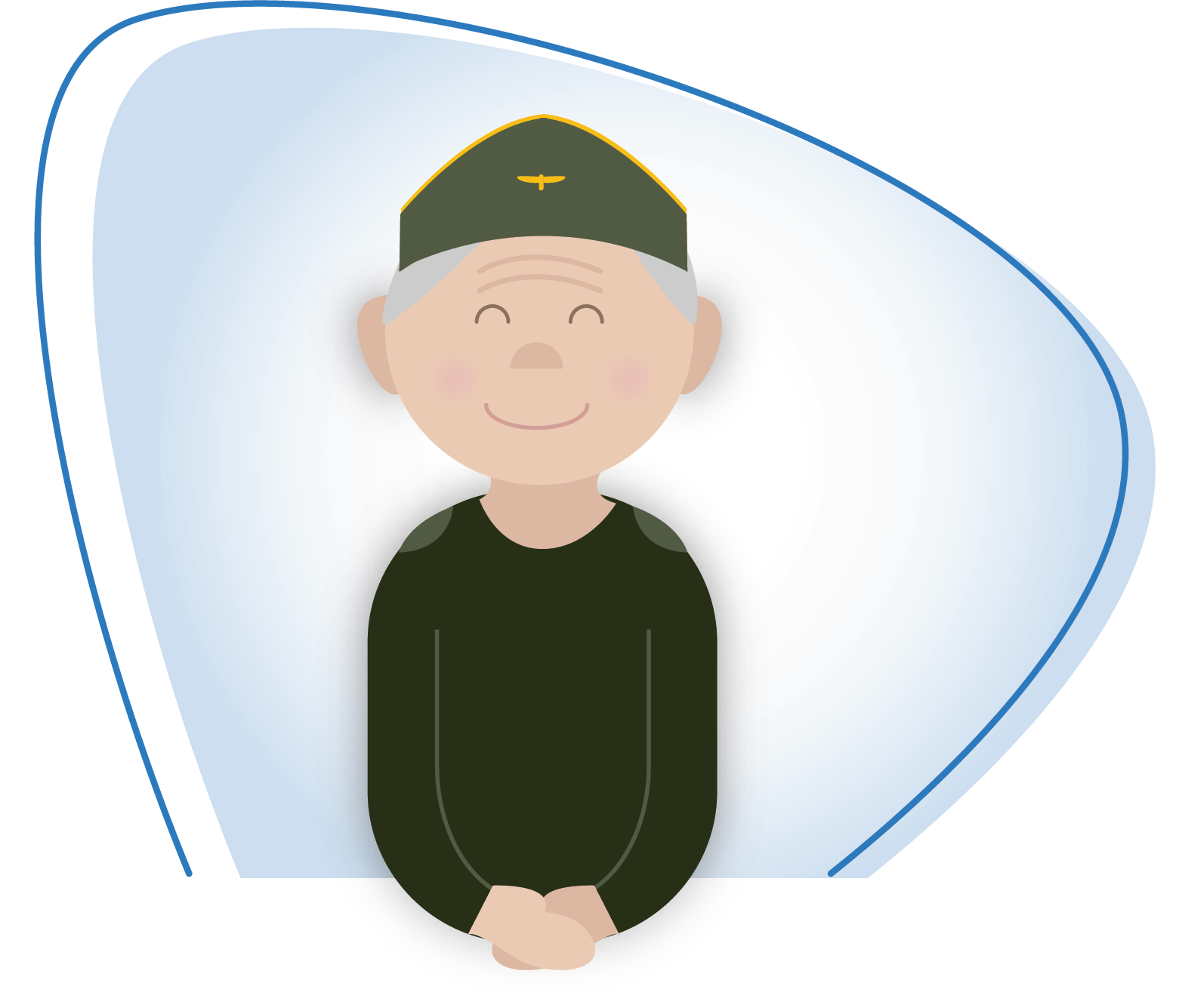
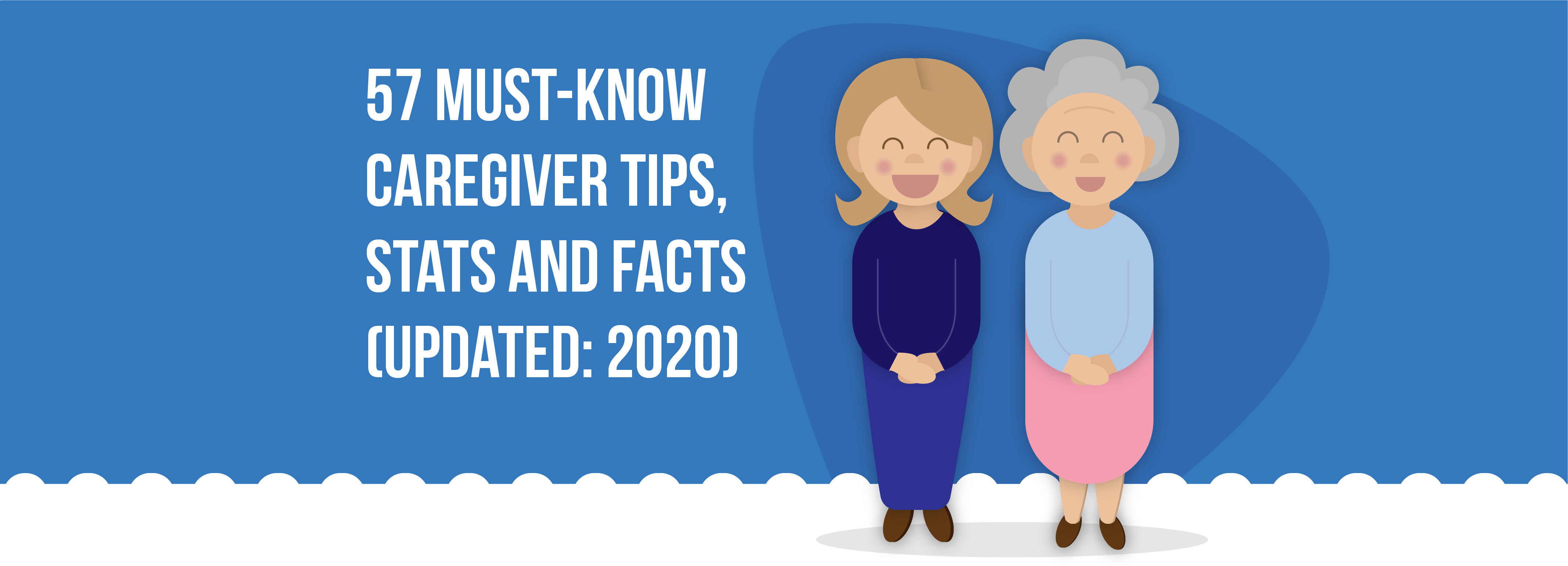

Caregivers are relatives or paid assistants who consistently provide care for the elderly or people with disabilities. Spouses, friends, parents, or other family members usually take the role of caretakers, and the need for care is many times caused by a major health incident, such as a heart attack, stroke or injury.
Whether you are a caregiver yourself, or you know any affected individuals that need care, here are some relevant caregiver statistics that might inform you about the effect that this often ignored role has on our society.

